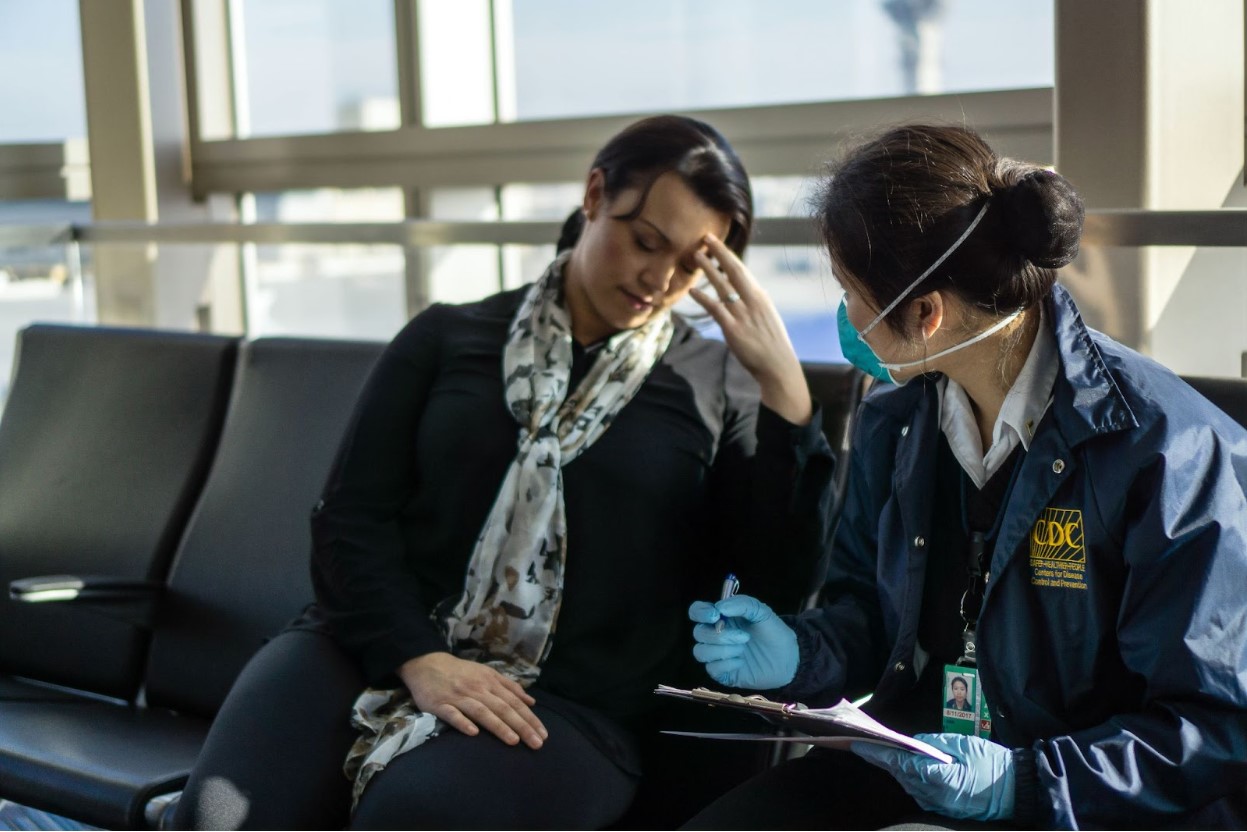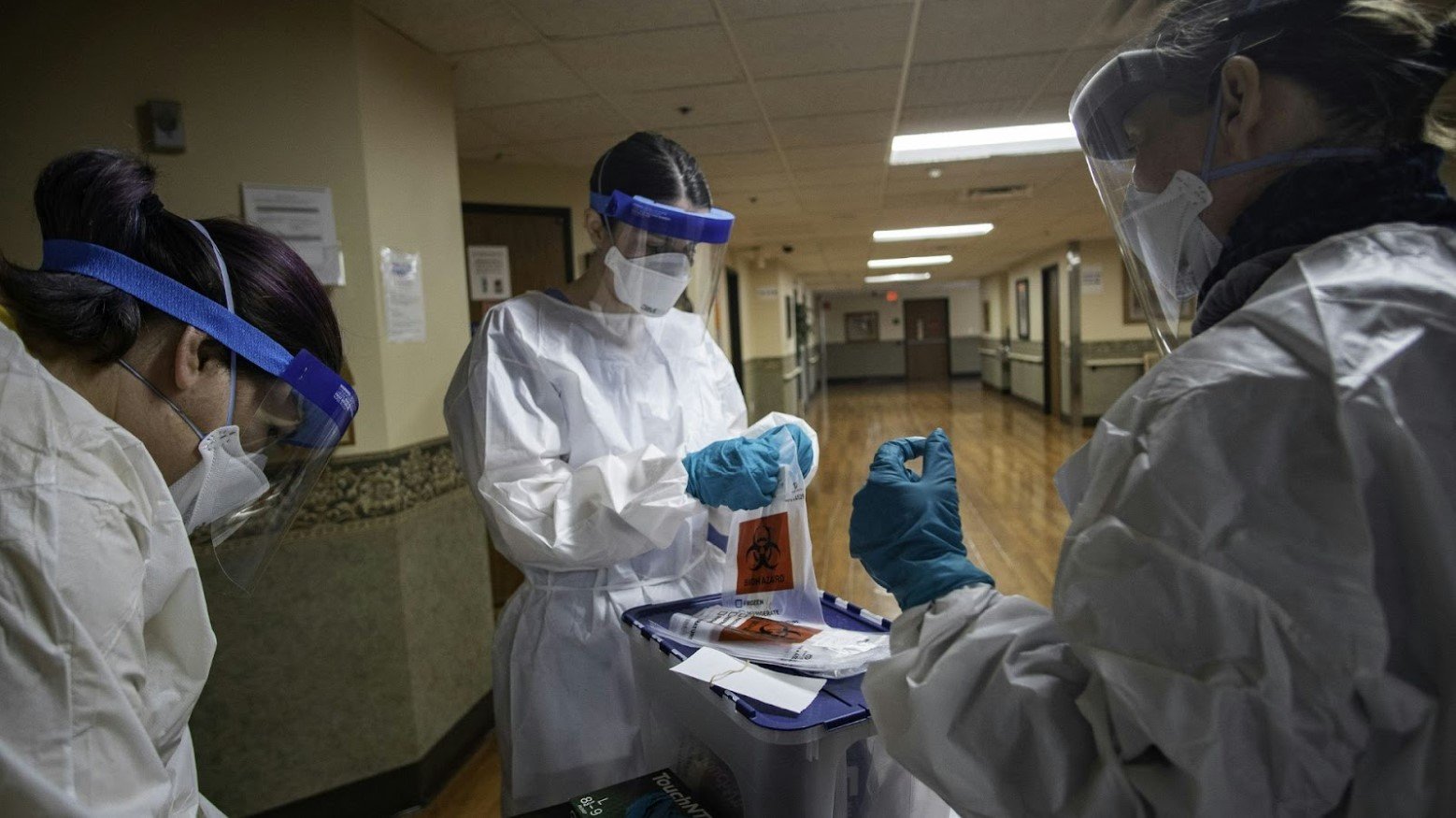The Deschutes County Health Services in a rural part of Oregon revealed that a resident was diagnosed with the plague, marking the first human plague case seen in the state in eight years. While there are different ways one can become infected with the plague, this specific patient appears to have been infected by their pet cat.
In cases of plague, humans are often exposed by the bites of fleas carrying the bacterium that causes it. However, pets can also become infected with the plague by these same fleas.
Sick Pet Cat Infected Human in Oregon

According to NBC News, Oregon’s first human plague case in eight years was the result of a “very sick” pet cat. This cat had a draining abscess and was likely highly infected with the plague before finally transferring the disease to their human owner.
Household cats can become infected with the plague if they are bitten by an infected flea. They may also become exposed to the plague if they hunt rodents that were bitten by infected fleas.
Cat Owner’s Illness Started as Bubonic Plague

After the cat infected its owner, the owner’s illness likely first formed in a lymph node. This stage of the disease is often called the bubonic plague.
Eventually, the owner went to the hospital for treatment, where they were diagnosed. By this time, the infection was in the patient’s bloodstream. However, Dr. Richard Fawcett, a health officer for Deschutes County, said that the patient has “responded very well to antibiotic treatment.”
Bubonic Plague to Pneumonic Plague

While people often become quite worried when hearing about the bubonic plague — the plague that killed more than a third of Europe’s population during the 14th century — it’s the pneumonic plague that can easily transmit from human to human.
While in the hospital, doctors noticed that the patient developed a slight cough. This could be an early sign the plague had developed into the pneumonic plague.
Oregon on Alert of Other Plague Cases

As pneumonic plague can travel from human to human through infectious droplets, health officials in Oregon remain on alert as they continue to oversee this patient’s case. Because of the patient’s cough, doctors gave antibiotics to close contacts of the patient, just in case they began to develop symptoms, as well.
Pneumonic plague is a form of lung infection and can often be deadly. Therefore, officials will likely stay on alert in this case out of an abundance of caution. However, Dr. Fawcett said they all would be “very surprised if we see any other cases.”
Bubonic Plague vs. Pneumonic Plague

Various plagues affect humans differently. Bubonic plague symptoms commonly result in painful swollen lymph nodes. Symptoms can also include fever, weakness, muscle aches, chills, or nausea. Antibiotics often treat this form of the plague.
Bubonic plague can turn into pneumonic plague if not treated quickly and accurately. However, patients can have both bubonic and pneumonic plague at the same time. In other cases, the plague will transition from one to the other.
Cats and Bubonic Plague

Of all the household animals, cats are more likely to become infected with plague. Cats can get the disease through hunting rodents or being bitten by fleas. Pet cats can also infect their owners if they simply carry home infected fleas that then bite humans.
Cats can have a hard time fighting the plague’s infection, which can result in their bodies fully becoming infected. Once they are infected in any way, they can then transfer the disease to their owner.
Other Household Pets Carrying The Plague

While cats are more susceptible to plague, other household pets can become infected and then transfer the disease to their owners. However, it isn’t as common.
For example, it’s not common to see dogs become infected with the plague. But it has happened. In 2014 in Colorado, four human cases of plague occurred — and all cases were the result of contact with an infected pit bull terrier.
Oregon’s Last Plague Case, Eight Years Ago

This recent plague case marks the first incident seen in the state of Oregon in eight years. In 2015, Oregon saw the human plague develop in a teenage girl. According to the State Department, she was likely infected by a diseased flea during a hunting trip.
On average, human plague cases in Oregon only appear in the southern region. However, more cases have popped up in central Oregon recently. Thus far, no patterns have emerged to determine why this has happened.
The Plague In the United States

While the human plague remains rare in the United States, the country does see about seven cases per year. On average, these cases are mainly concentrated in the Four Corners region of the country. This region encompasses the borders of Utah, Arizona, Colorado, and New Mexico.
However, plague cases can also often be found in California, southern Oregon, and western Nevada, as well.
Where the Plague Thrives

Often, the plague can thrive in areas that have fleas and many rodent species. According to the CDC, the plague can be found in semi-arid forests and grasslands that have these types of animals and insects.
Officials do note that plague cases can arise in different areas — such as it has in this case in central Oregon. As a result, a plague’s patterns — or lack thereof — can be cryptic to researchers.
Oregon Advises Pet Owners

In Deschutes County, health officials will continue to keep an eye on the area in case more plague infections spread. Officials have also recommended residents in the area keep their pets on a leash at all times when they are outdoors.
Experts recommend those in this area to keep their pets on flea control products, as well. If their pets become sick, owners should quickly take them to the vet — especially if they’ve been in contact with a rodent.








































